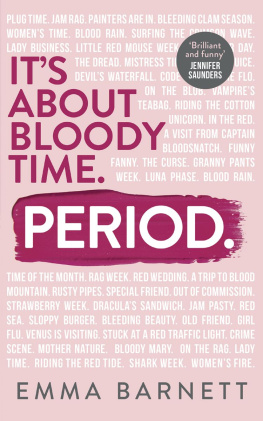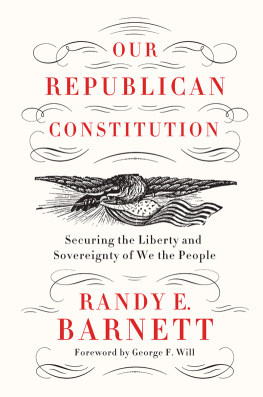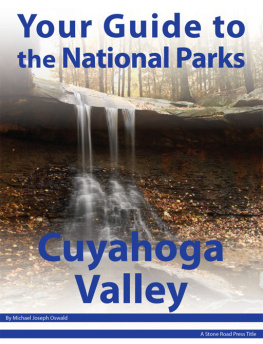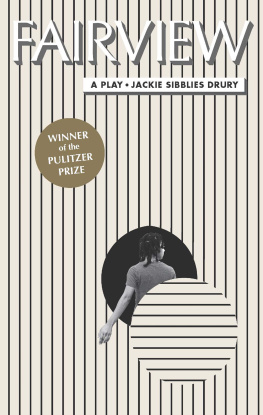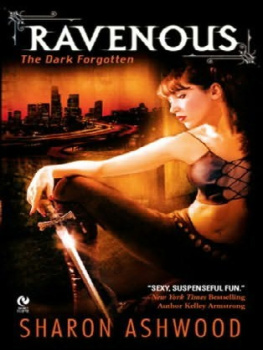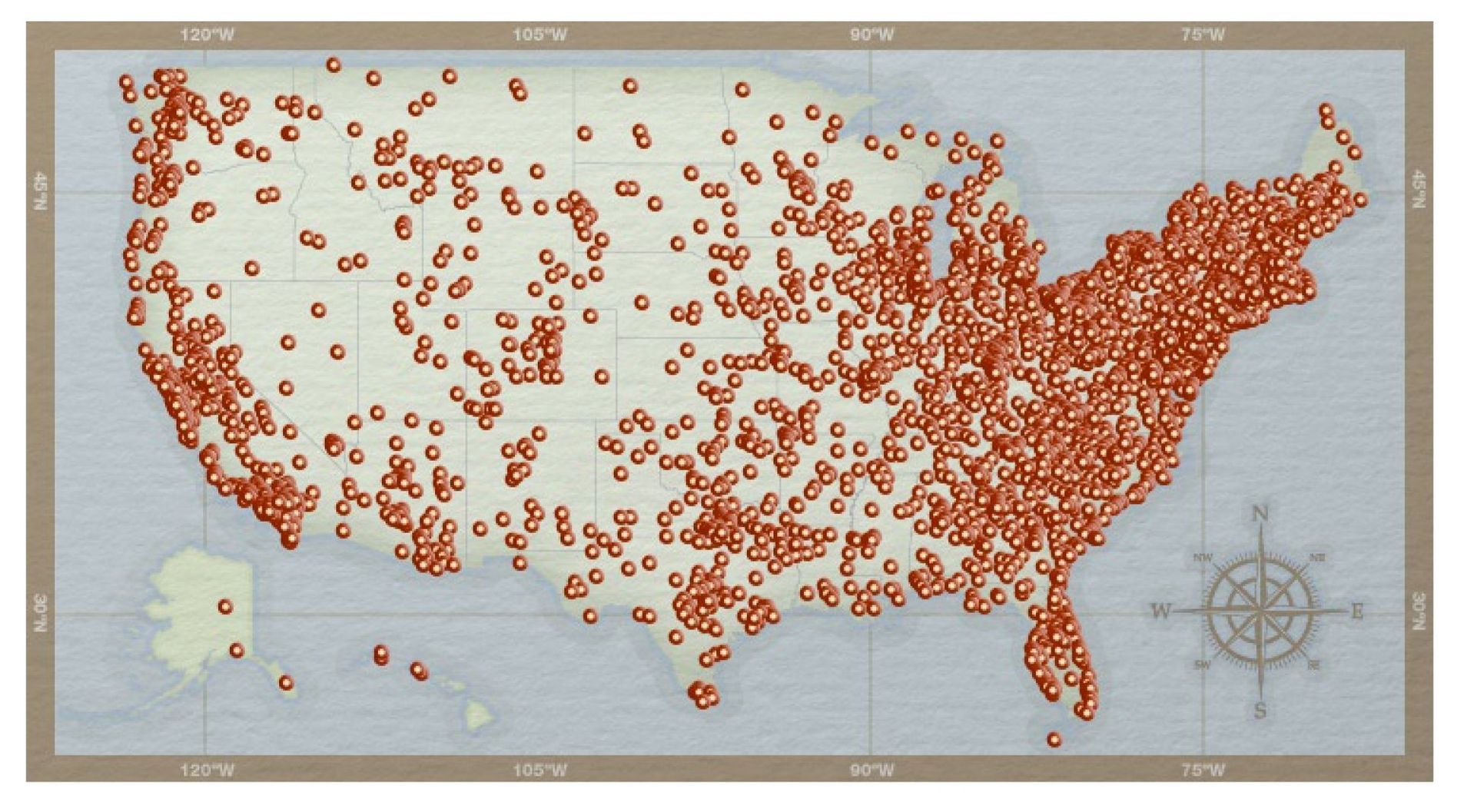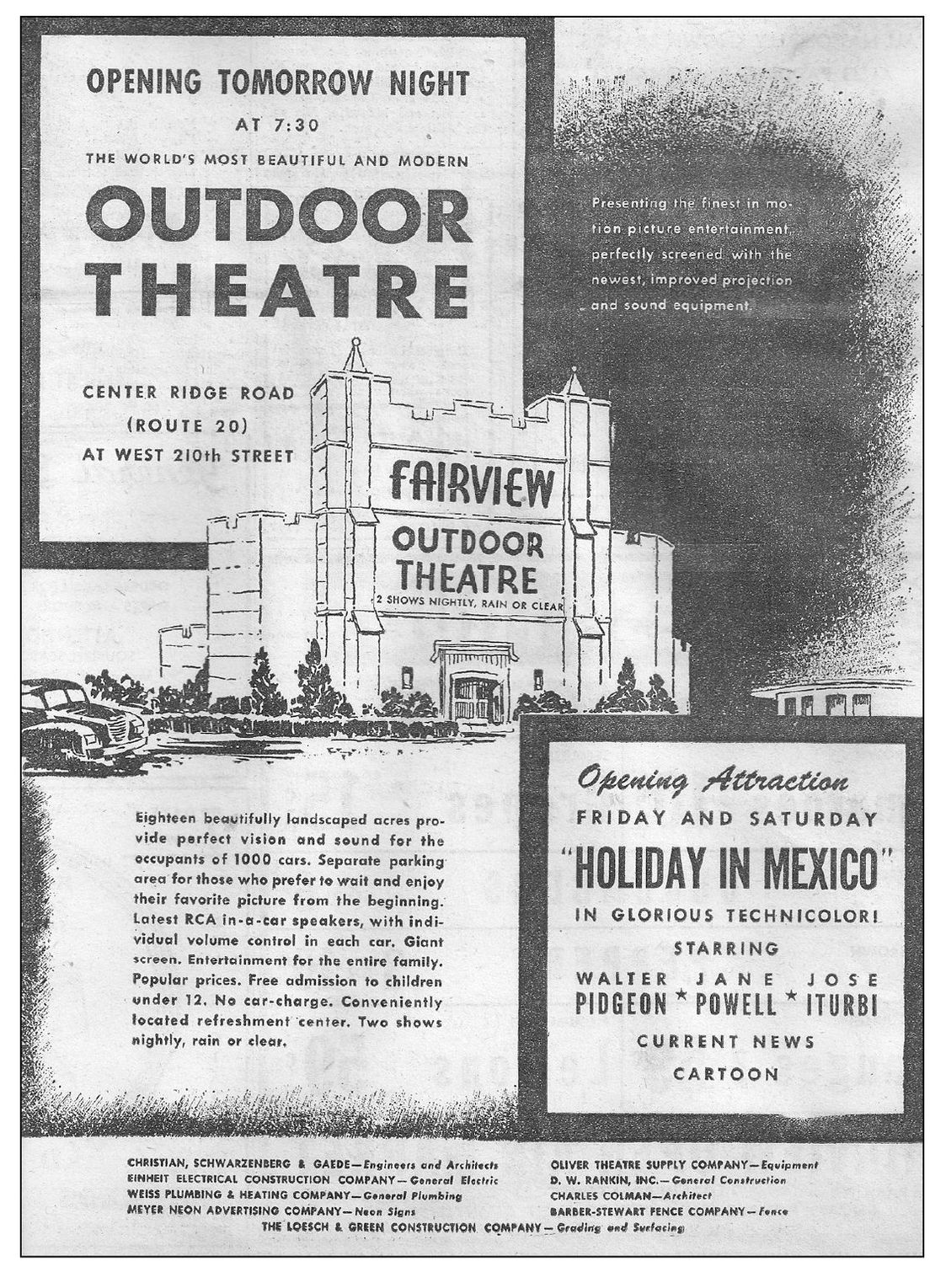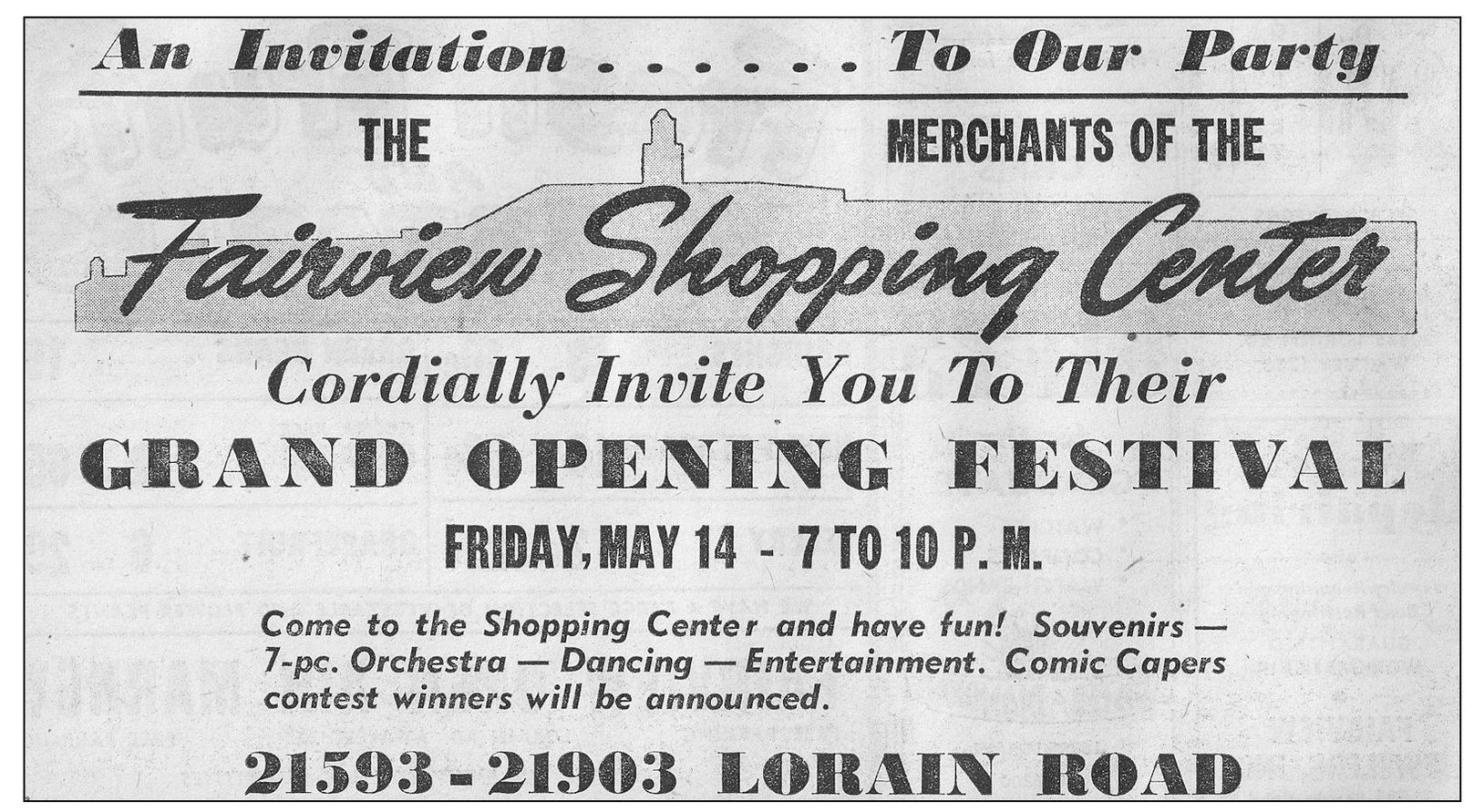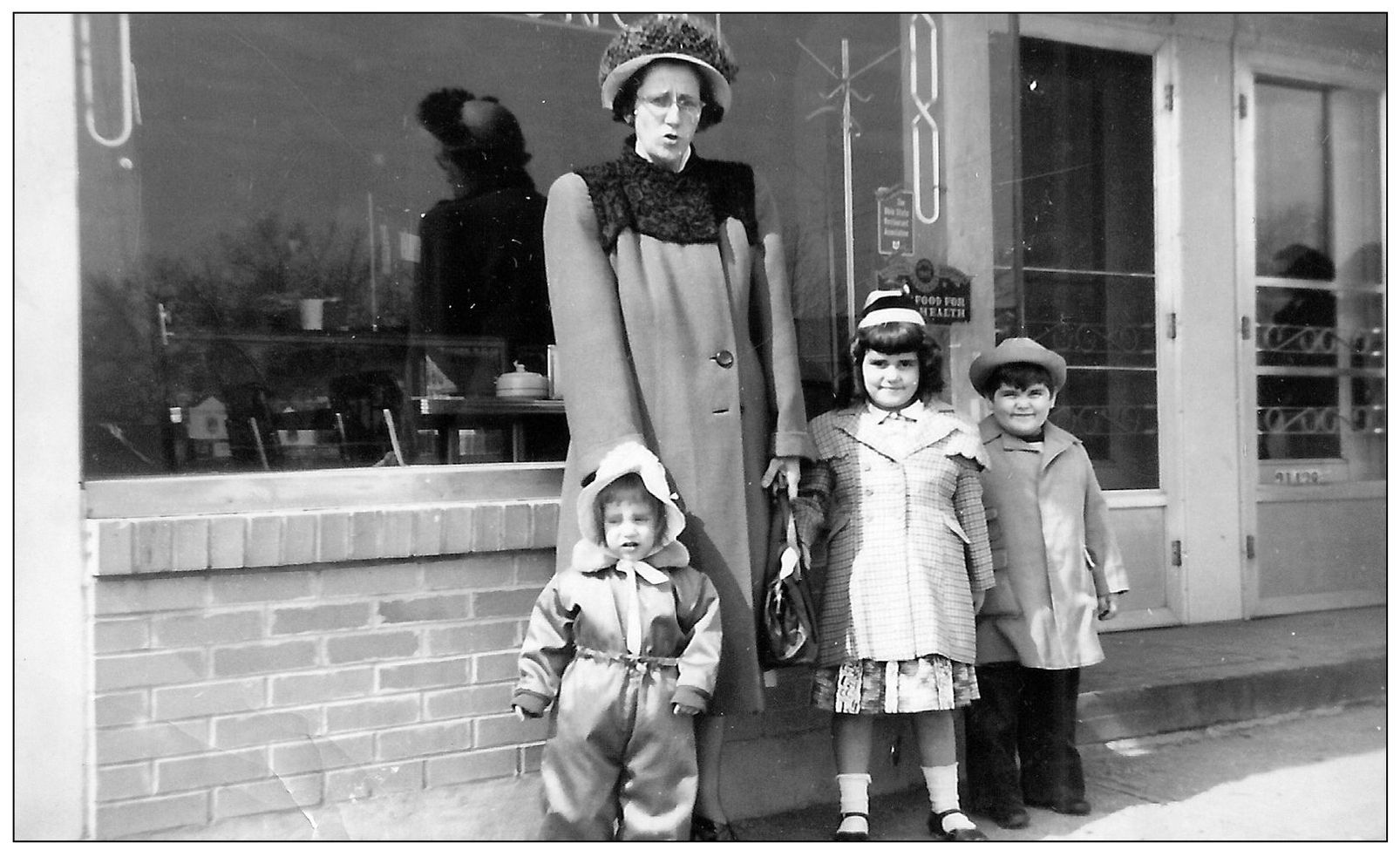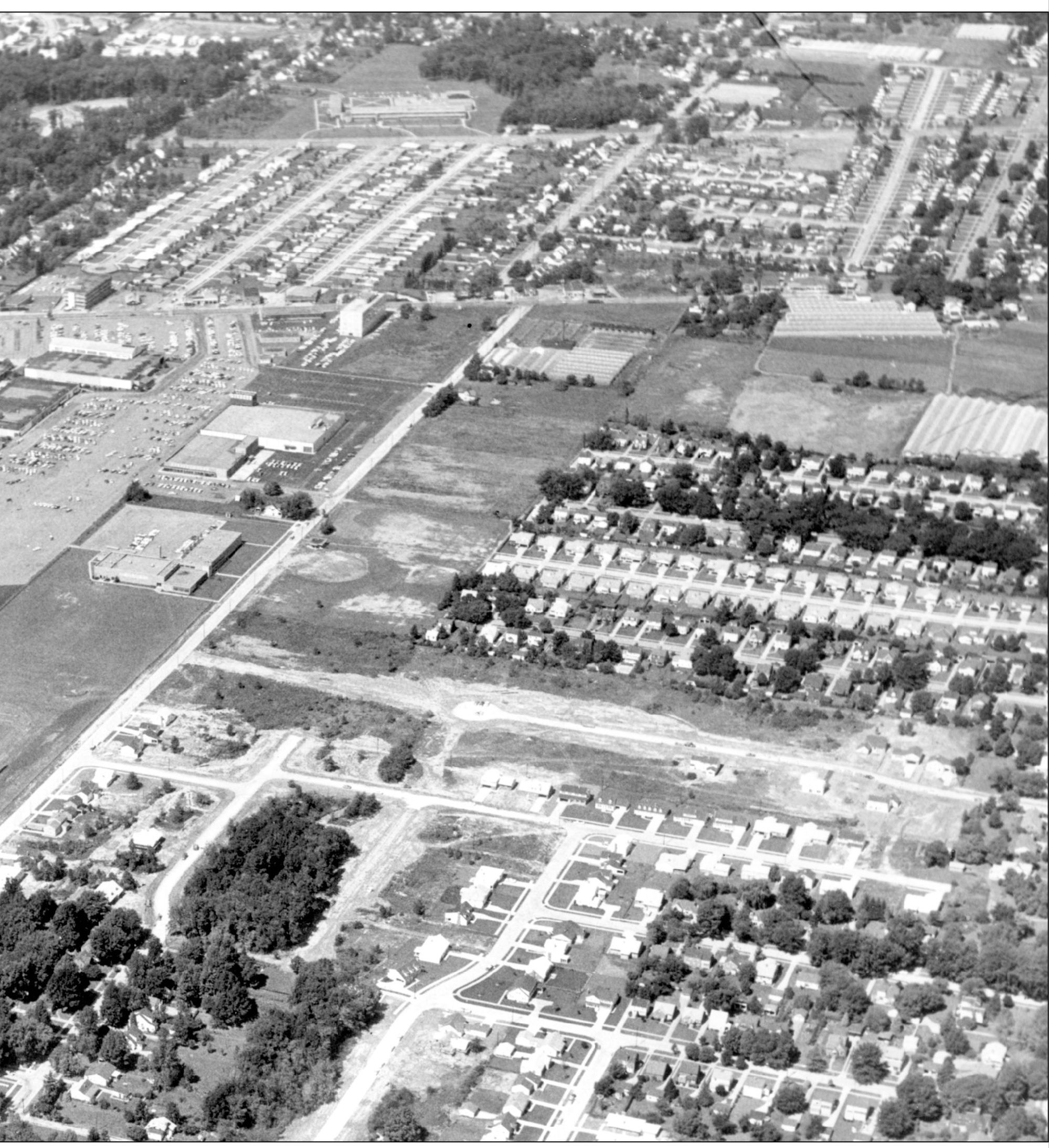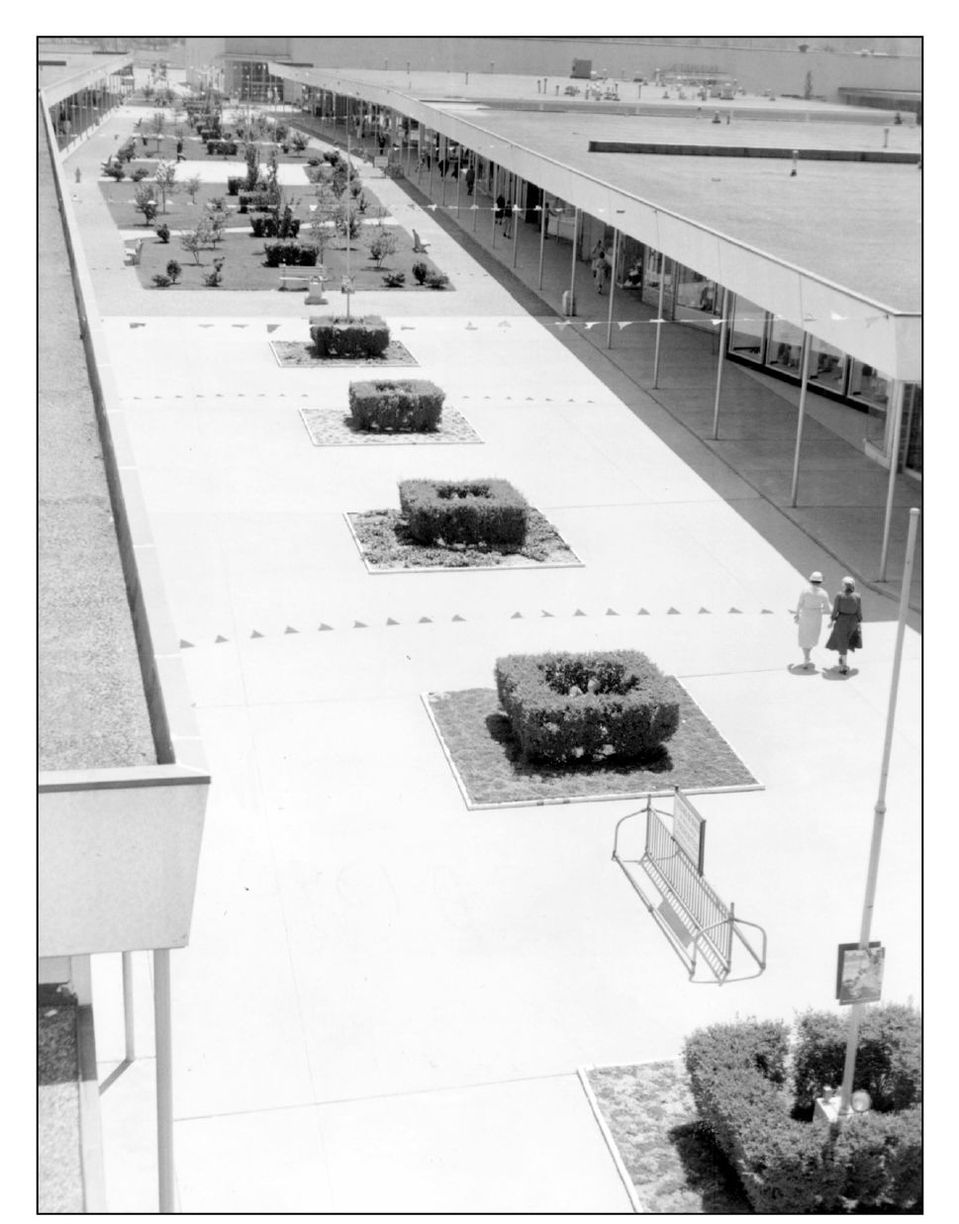ACKNOWLEDGMENTS
I simply could not have done this without the Fairview Park Historical Society. Thanks to Leah Trainer, Debbie Hammerle, and Deb Shell for allowing me to dig through their files for a few months. And, like most of the Cleveland area Arcadia books, I have to thank Lynn Duchez Bycko at the Cleveland Press Archives at Cleveland State University. In addition to the names credited with each picture, thanks to Dennis Hrubiak, James Widmer, Marilyn Yesberger, Diane Peplin, Darlene Waugh, Kevin Kelley, Gary Swilik, and Al Dahlhausen.
A little competition helps. I must thank friends who did other Arcadia books. Tom Matowitz, Matt Grabski, Wayne Kehoe, Reginnia Williams, and Bill Becker, all historians to varying degrees, inspired and made suggestions. And my Arcadia editor, Melissa Basilone, patiently guided me through the occasionally overwhelming process. It is harder than it looks.
I am not sure exactly how this works, but there must be some karmic connection to my memory of the author of the other Fairview Park book of 30 years ago. The late Margaret Schaefer Goebelt wrote Fairview Park in Historic Review in 1978. I notice we both left the school system the same year; in 1974, she retired, and I graduated. She worked for the whole school system. In third grade, our teacher once let four of us into the teachers lounge across the hall to discuss a small group project. Just as Mrs. Goebelt walked in, I was in a playful shoving match with the other boy in the group, and she immediately scolded us for wrassling on the davenport. I assured her we were working on a project, but she insisted, No youre not, you were wrassling on the davenport. Not only did I feel falsely accused, but, though I knew what a davenport was, I used the word couch. And I never thought of anything I did as wrassling. But she promptly disappeared into a back room. Did she plant a seed some 40 years before my book came out? It seems like there must be some deep magical connection. Thanks Mrs. Goebelt, wherever you are.
BIBLIOGRAPHY
Goebelt, Margaret Schaefer. Fairview Park in Historical Review . Cleveland, OH: John S. Swift Company, 1978.
Iezzi, Anthony J. History of Saint Angela Merici Parish . Fairview Park, OH: St. Angela Merici Parish, 1999.
Jones, Florence Hays. Fifty Years of Action . Fairview Park, OH: Fairview Baptist Church, 1974.
Pfingsten, Ralph A. From Rockport to West Park . Rocky River, OH: John Marshall High School Alumni Association, 2004.
Van Tassel, David D., and John J. Grabowski. The Encyclopedia of Cleveland History . Bloomington, IN: Indiana University Press, 1987.
Find more books like this at
www.imagesofamerica.com
Search for your hometown history, your old
stomping grounds, and even your favorite sports team.
One
BUSINESSES
This movie advertisement is from the old Fairview Herald in 1947. Just six years later, Westgate Shopping Center opened here and was redeveloped a couple more times over the next 50 years. (Fairview Park Historical Society.)
One could say this evolving suburb helped establish the fact that shopping centers and suburbia tend to go together. In the fall of 1947, the Fairview Shopping Center became the first of its kind in Cuyahoga County. It was built on the former property of Willis Potter, the last of the many farms on Lorain Road. With such a major development, the village became the city of Fairview Park in 1950. Many years later, when half the shopping area was rebuilt in the 1990s, it evolved yet again to become Fairview Centre, complete with French spelling. This image is from the Fairview Herald . (Fairview Park Historical Society.)
Gradually the shopping center started opening one store at a time before the movie theater was complete. This theater opened at Thanksgiving in 1947, becoming the first area theater to open since West Parks Riverside Theater in 1938. It was over 20 years before Westgate opened a movie theater. It was built about where the Potter farmhouse used to stand before the house was moved to the rear of the property where Hillsdale Avenue now runs. When the theater was torn down in the 1990s, the letter F , which had been atop the theater marquee, was reinstalled above the middle of the shopping center. (Fairview Park Historical Society.)
In the early days of the Fairview Theater, Wednesday nights were usually called Bank Night, where adults could put their name in a large drum to be drawn for cash prizes. The names stayed in the drum forever, so a name could be drawn any week, but one had to be present to win. (Fairview Park Historical Society.)
Steve and Mildred Lakios, pictured here with their children in the mid-1950s, opened Stevens Lunch at 21438 Lorain Road in May 1946. In addition to good food, it prospered because of its location. Being on Route 10 near a new shopping center, it brought more business than expected. Although they sold the restaurant in 1957, the truck traffic increased in 1955 with the Ohio Turnpike opening several miles down Lorain Road. (Joy Gdovin.)
Taken soon after Westgate Shopping Center opened in 1953, the rest of the city and southern Rocky River seems to radiate from its core in this photograph. Running horizontally across the top third of the picture is the Fairview/Rocky River border and the easternmost stretch of Center Ridge Road, ending at Wooster Road just beyond the right edge of this picture. A newly developing Bohlken Park is taking shape just below Westgate. In fact, a lot of the dirt
dug up from the Westgate construction was used as fill to make the park usable for its playing fields and playground. As usual, comparing scenes from then and today, all that open land is unfamiliar because it is now the typical suburban stretch of stores and restaurants. (Cleveland Press Archives, Cleveland State University.)



